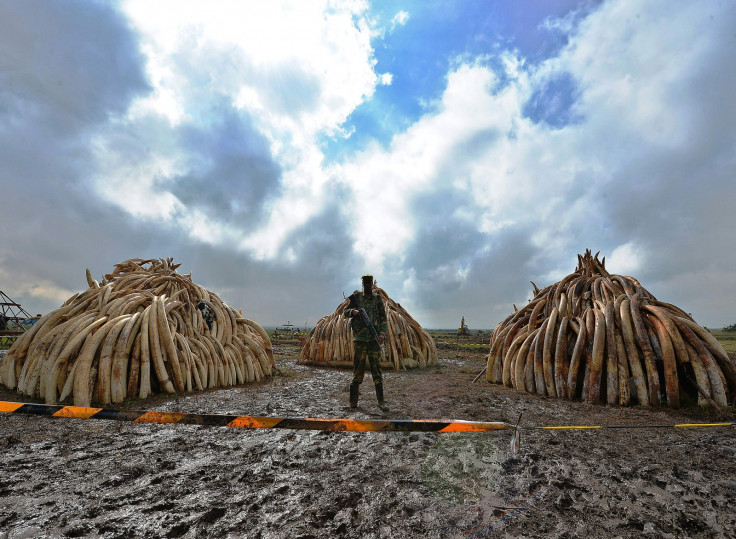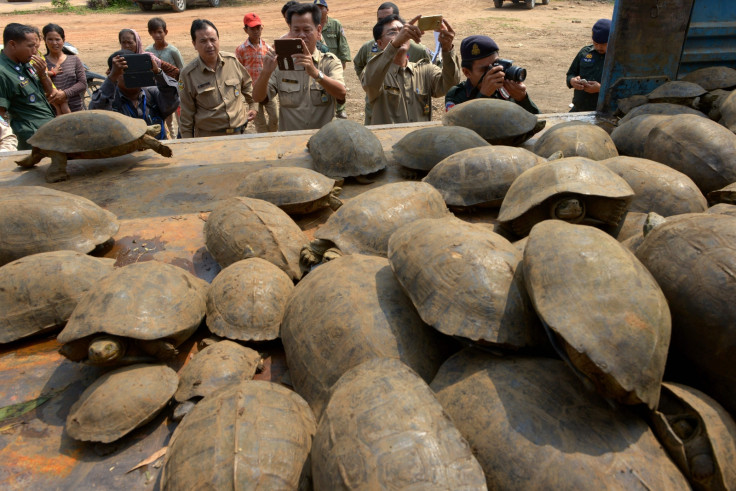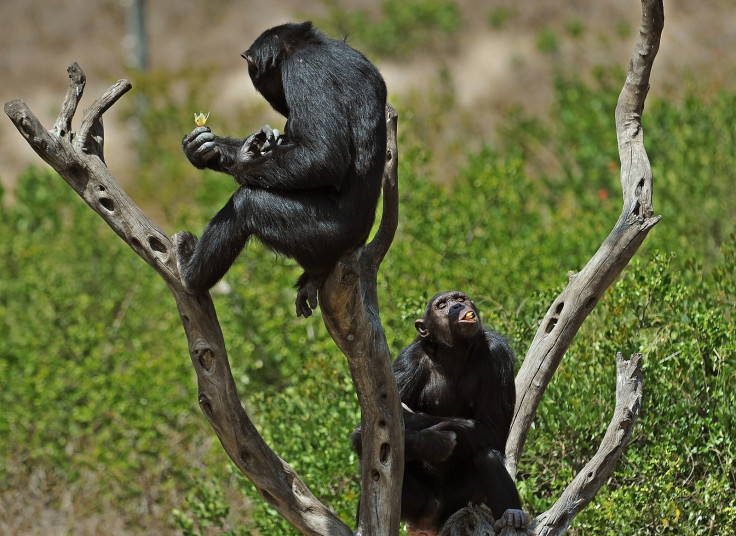World Environment Day 2016: What you need to know about the illegal wildlife trade

The illegal wildlife trade is one of the biggest threat to endangered species. Every year, hundreds of millions of animals and plants are caught or harvested from the wild and unsustainably sold as food, pets, medicine and leather, in a lucrative business that eroded the world's biodiversity and led to dwindling numbers in species – including rhinos, elephants, gorillas and tigers.
On World Environment Day, IBTimes UK looks at the impact of the illicit trade on our environment, livelihoods and communities.
What is the wildlife trade?
Most wildlife trade, the selling or exchange of wild animal and plant resources by people, is legal. It can involve live animals, skins, timber, food products such as meat or fish and more, and transfers are recorded from one country to another at Customs checkpoints. Even legitimate trading can be damaging, however, because of the overexploitation of species which leads to their decline and extinction.
According to WWF, there are records of over 100 million tonnes of fish, 1.5 million live birds and 440,000 tonnes of medicinal plants in trade over the course of one year.
What is the impact?
The illegal wildlife trade drives entire species to the brink of extinction. According to a United Nations Environment Programme report published in 2014, the African continent was home to an estimated one million black rhinos at the start of the 20th century.

By 2007, due to a rise in poaching and the illegal trade of rhinoceros horns, it was thought the Western black rhino was extinct. Countless other species are now threatened with extinction because of the illegal business. Great apes have disappeared from Gambia, Benin, Togo and Burkina Faso.
The killing and smuggling of animals and plants also affects ecosystems, disrupting food resources for humans and animals. Elephants, which are poached for the illegal trade of ivory, alter the landscape by uprooting grasses and trees and dispersing seeds, which helps to create diverse environments. In 2013 alone, it is estimated that nearly 25,000 elephants were killed for their tusks to supply the illegal ivory trade.
According to the UNEP, the illegal wildlife trade also supports organised crime and feeds corruption and insecurity. "Profits from the illegal wildlife trade are often used to finance further illegal activity, including other forms of transnational organized crime. Loss of species can have devastating consequences," the 2014 report reads. The trade often involves criminal groups working across borders.

What is the illegal wildlife trade worth?
Although it is difficult to pinpoint the exact worth of the illegal wildlife trade, the UNEP estimates the business is worth $50-150bn (£35-£104bn) per year. Illegal logging is thought to be worth $30-$100bn (£21-£69bn) and the illegal fishing trade thought to be worth around $10bn-$23.5bn (£7bn-£16bn).
The organisation TRAFFIC estimates the legal trade of wildlife products into the European Union alone was worth around €93bn in 2005,a figure which rose to nearly €100bn in 2009.
What is being done to prevent it?
Organisations such as WWF and TRAFFIC are tackling the illegal wildlife trade in several ways, keeping up-to-date with current illegal trading trends to inform members of the Convention on International Trade in Endangered Species of Wild Fauna and Flora.
Another key way to crackdown on the business is to ensure existing laws against wildlife crime are enforced, particularly in developing countries. Strict penalties and stringent legislation is crucial, but public awareness and education is just as important. Making sure customers who buy wildlife products have all the information about what is legal and what is not is essential to stop illegal wildlife trading.
© Copyright IBTimes 2025. All rights reserved.





















